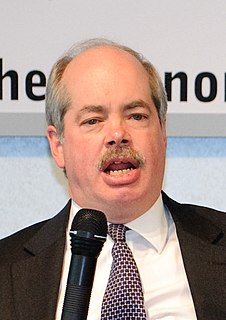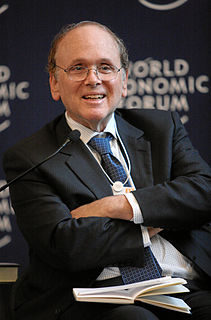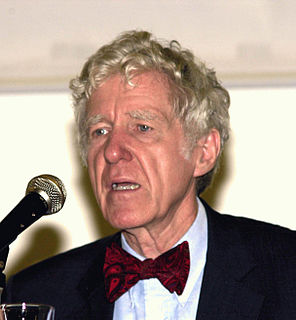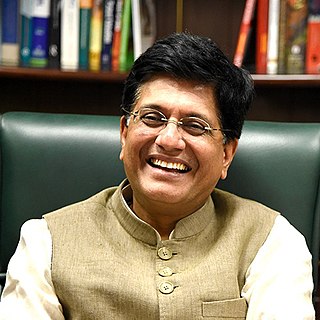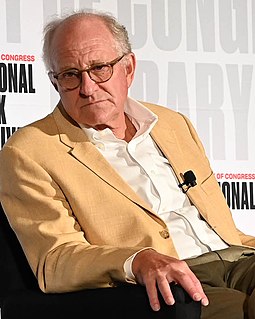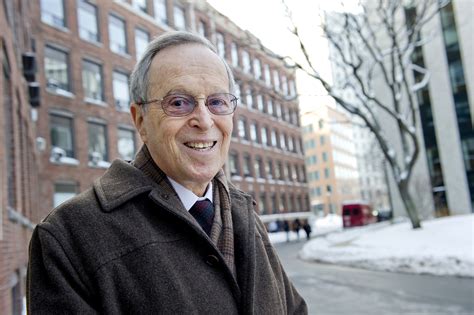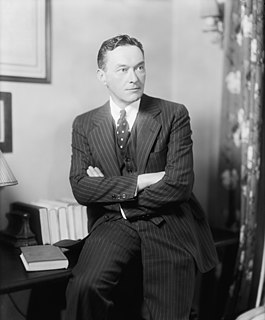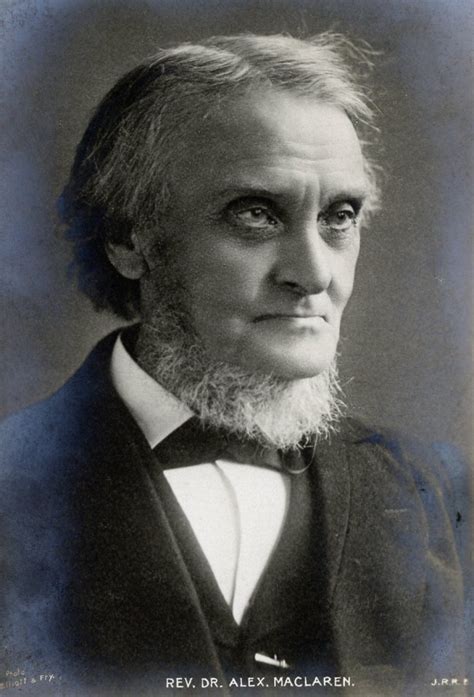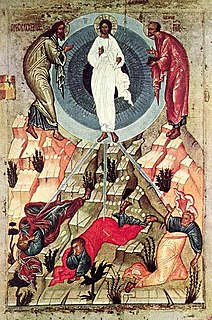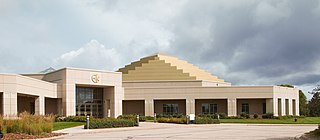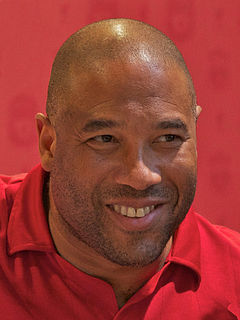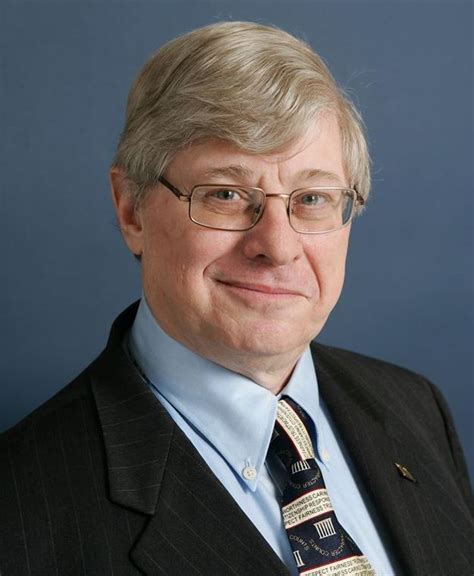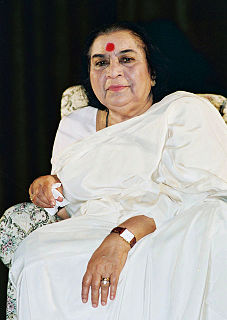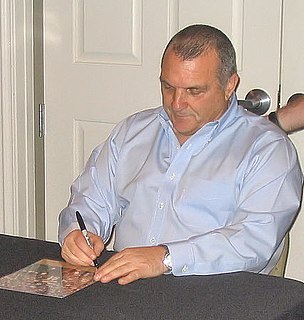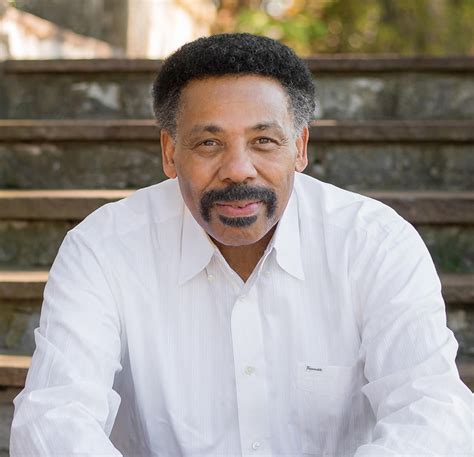Ein Zitat von Christopher Flavin
Die 1.230 Gigawatt (GW) an erneuerbarer Stromerzeugungskapazität, die Ende 2009 vorhanden war, machen nun etwas mehr als 25 Prozent der gesamten Erzeugungskapazität weltweit aus. Das entspricht mehr als dem Dreifachen der nuklearen Stromerzeugungskapazität und etwa 38 Prozent der Kapazität fossiler Brennstoffe verbrennender Kraftwerke weltweit.
Verwandte Zitate
Mitte der 1980er-Jahre führten Betriebsprobleme dazu, dass [Kernkraftwerke] so oft vom Netz gingen, dass sie im Jahresvergleich nur etwa 55 Prozent ihrer gesamten Nennleistung in Betrieb waren. Dank jahrzehntelanger Erfahrung und einem intensiven Fokus auf Leistung sind Kernkraftwerke in den Vereinigten Staaten heute zu über 90 Prozent ausgelastet. Diese Verbesserung der Betriebseffizienz ist in ihren Auswirkungen so bedeutend, dass man sie fast als eine neue Energiequelle selbst betrachten kann.
Der Grundstein für die Entstehung von Wind- und Solarzellen als Eckpfeiler der neuen Energiewirtschaft wird gelegt. Die weltweite Windkraftkapazität wuchs von 7.600 Megawatt im Jahr 1997 auf 9.600 im Jahr 1998, was einer Steigerung von 26 Prozent entspricht. Auf nationaler Ebene lag Deutschland mit einem Zubau von 790 Megawatt an der Spitze, gefolgt von Spanien mit 380 Megawatt und den USA mit 226 Megawatt. In der Vergangenheit konzentrierten sich die Kapazitäten zur Windenergieerzeugung in den USA auf Kalifornien, doch 1998 begannen Windparks mit der Stromerzeugung in Minnesota, Oregon und Wyoming und erweiterten damit die geografische Basis der neuen Branche.
Natürlich kann man ein System nicht mit 100 Prozent Auslastung betreiben. Sie brauchen Raum für Wachstum. Und weil es Spitzenzeiten gibt, braucht man Spitzenkapazitäten. Es ist jedoch einfacher, Überkapazitäten in größeren Einheiten zu reduzieren und zu verwalten als in kleineren Einheiten, insbesondere wenn Sie eine Vielzahl von Benutzern haben, die unterschiedliche Spitzenzeiten und unterschiedliche Wachstumsraten aufweisen. Deshalb ist das Gebrauchsmuster faszinierend.
Sprache [kann] ausgedrückt werden. . . durch Bewegungen der Hände und des Gesichts ebenso wie durch die kleinen, klangerzeugenden Bewegungen der Kehle und des Mundes. Dann war das erste Kriterium für Sprache, das ich als Student gelernt hatte – sie wird gesprochen und gehört – falsch; Und was noch wichtiger ist: Sprache hing nicht von unserer Fähigkeit zu sprechen und zu hören ab, sondern musste eine abstraktere Fähigkeit des Gehirns sein. Es war das Gehirn, das über Sprache verfügte, und wenn diese Fähigkeit in einem Kanal blockiert war, kam sie über einen anderen zum Vorschein.
Die Kriterien emotionaler Reife: Die Fähigkeit, konstruktiv mit der Realität umzugehen. Die Fähigkeit, sich an Veränderungen anzupassen. Eine relative Freiheit von Symptomen, die durch Spannungen und Ängste hervorgerufen werden. Die Fähigkeit, im Geben mehr Befriedigung zu finden als im Empfangen. Die Fähigkeit, mit anderen Menschen in Beziehung zu treten konsequentes Verhalten mit gegenseitiger Zufriedenheit und Hilfsbereitschaft. Die Fähigkeit zu sublimieren, die eigene instinktive feindselige Energie in kreative und konstruktive Ventile zu lenken. Die Fähigkeit zu lieben.
Die wahre Begegnung mit Christus befreit etwas in uns, eine Kraft, von der wir nicht wussten, dass wir sie haben, eine Hoffnung, eine Lebensfähigkeit, eine Widerstandskraft, eine Fähigkeit, sich zu erholen, wenn wir dachten, wir wären völlig besiegt, eine Fähigkeit, zu wachsen und uns zu verändern Kraft der kreativen Transformation.
Ich halte es für tragisch, dass wir über diese menschliche Fähigkeit verfügen, die – wie die Evolutionsbiologen sagen – fest verdrahtet zu sein scheint, um kollektive Freude zu haben. Wir haben diese Techniken, um es zu erzeugen, die Jahrtausende zurückreichen, und doch neigen wir dazu, sie nicht zu nutzen.
Weltweit gibt es heute 546 Kernkraftwerke, die Strom erzeugen. Ihre Erfahrungen werden kontinuierlich recherchiert und allen soll Feedback gegeben werden. Nuklearwissenschaftler müssen mit der Bevölkerung des Landes interagieren, und akademische Institutionen aktualisieren die Technologie und Sicherheit der Kernenergieerzeugung kontinuierlich.
Die vorherrschenden Lehren dieses Zeitalters sind, dass es keine Grenzen für die Fähigkeit des Menschen gibt, andere zu regieren, und dass daher der Regierung keine Grenzen auferlegt werden sollten. Der ältere Glaube, der aus langen Leiden unter der Herrschaft des Menschen über den Menschen entstand, besagte, dass die Ausübung unbegrenzter Macht durch Männer mit begrenztem Verstand und selbstbezogenen Vorurteilen bald unterdrückend, reaktionär und korrupt sei. Der ältere Glaube lehrte, dass die eigentliche Voraussetzung des Fortschritts die Beschränkung der Macht auf die Fähigkeiten und Tugenden der Herrscher sei.
Um unsere entzündete Atmosphäre wieder in einen gastfreundlichen Zustand zu versetzen, ist nichts weniger erforderlich, als die gesamte Welt neu zu verkabeln – und jeden Ölofen, jedes benzinbetriebene Auto, jedes Kohlekraftwerk durch erneuerbare, klimafreundliche Energiequellen zu ersetzen. Die fossilen Brennstoffressourcen der Erde haben uns mit einem Maß an Wohlstand und Überfluss beschenkt, das vor einem Jahrhundert unvorstellbar gewesen wäre. Heute treiben sie uns in ein Jahrhundert des Zerfalls.
Ein junger Mensch in Afrika mit einem Smartphone verfügt über mehr Kommunikationstechnologie als der US-Präsident vor 25 Jahren. Wenn also die Werkzeuge, um die Welt zu verändern, jetzt in jedermanns Händen liegen, dann haben die Einzelnen jetzt die Macht, die vor ein paar Jahrzehnten nur Regierungen und Unternehmen hatten. Ich finde es spannend, wie dadurch unsere Fähigkeit zur Kreativität gesteigert wird und wie dadurch unsere Fähigkeit gesteigert wird, transformative Dinge in der Welt zu erschaffen.
